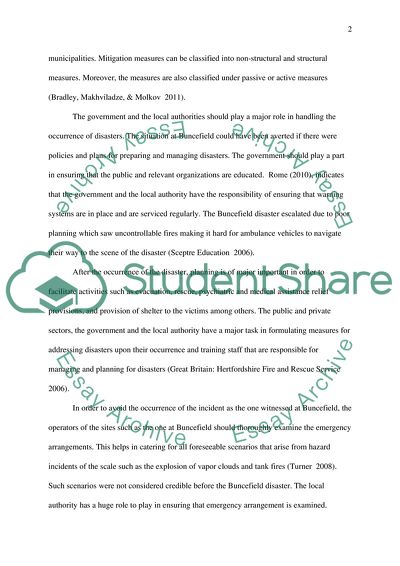Cite this document
(“Impact of Petroleum Exploration, Extraction and Transport Coursework”, n.d.)
Impact of Petroleum Exploration, Extraction and Transport Coursework. Retrieved from https://studentshare.org/environmental-studies/1776325-impact-of-petroluem-exploration-extraction-and-transport
Impact of Petroleum Exploration, Extraction and Transport Coursework. Retrieved from https://studentshare.org/environmental-studies/1776325-impact-of-petroluem-exploration-extraction-and-transport
(Impact of Petroleum Exploration, Extraction and Transport Coursework)
Impact of Petroleum Exploration, Extraction and Transport Coursework. https://studentshare.org/environmental-studies/1776325-impact-of-petroluem-exploration-extraction-and-transport.
Impact of Petroleum Exploration, Extraction and Transport Coursework. https://studentshare.org/environmental-studies/1776325-impact-of-petroluem-exploration-extraction-and-transport.
“Impact of Petroleum Exploration, Extraction and Transport Coursework”, n.d. https://studentshare.org/environmental-studies/1776325-impact-of-petroluem-exploration-extraction-and-transport.


